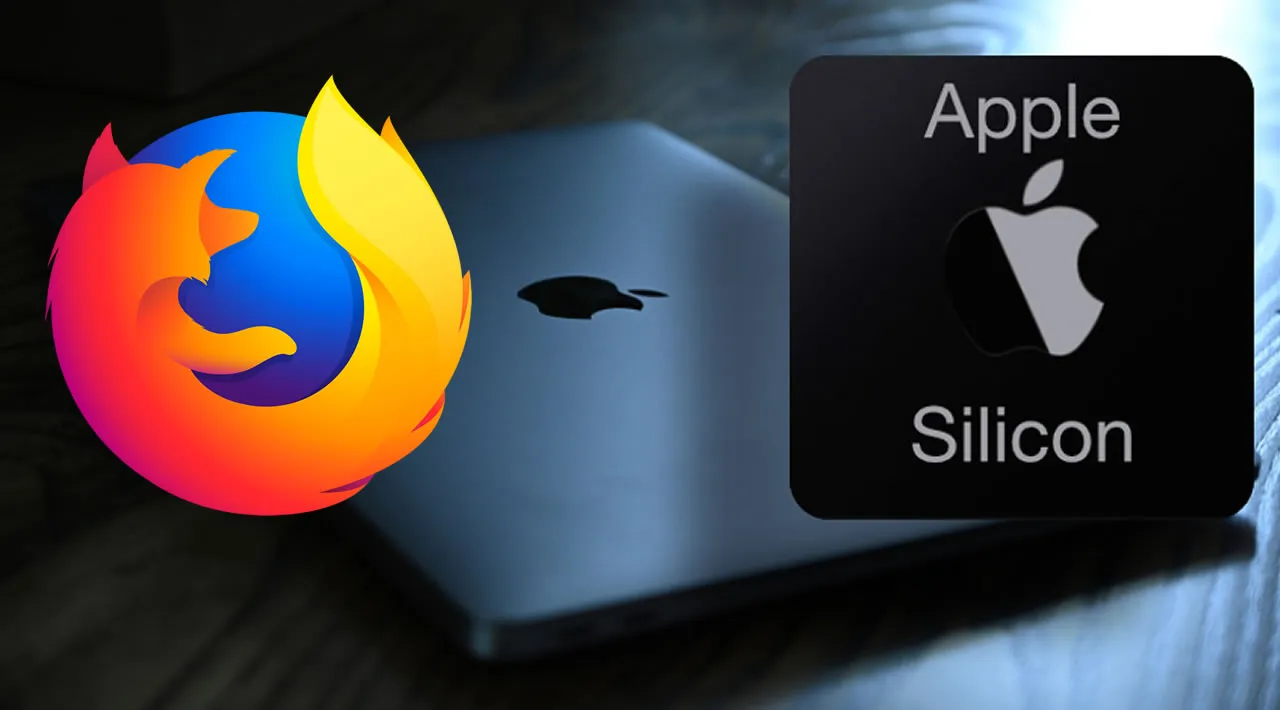The release of Apple Silicon-based Macs at the end of last year generated a flurry of news coverage and some surprises at the machine’s performance. This post details some background information on the experience of porting Firefox to run natively on these CPUs.
We’ll start with some background on the Mac transition and give an overview of Firefox internals that needed to know about the new architecture, before moving on to the concept of Universal Binaries.
We’ll then explain how DRM/EME works on the new platform, talk about our experience with macOS Big Sur, and discuss various updater problems we had to deal with. We’ll conclude with the release and an overview of various other improvements that are in the pipeline.
Apple Silicon Approaching
Speculation that Apple would switch its Mac lineup to use ARM CPUs had been ongoing in the industry for several years. As early as 2013, Apple had referred to the custom ARM chips they were putting in the iPhone as “desktop-class” designs.
While the claim initially met some scepticism, near the end of 2018 computer hardware magazine AnandTech published the results of running the industry-standard SPEC benchmark on the iPhone XS, showing that even workloads that reflect real-world desktop use cases reached desktop chip performance, and were doing so at significantly better power efficiency. This provided us with some warning that Apple might be ready to start the transition to the ARM architecture in the near future.
From the perspective of Mozillla’s platform team, an area of particular interest for such an architecture change on macOS is Firefox’s use of macOS APIs. Firefox and Gecko’s roots go back to the Netscape codebase, which already supported the Mac as it was in 1994.
Although continuously updated, Firefox still uses a wide range of macOS APIs that followed the Mac’s evolution over the years (Carbon, Cocoa, HITheme, Quartz, …).
Apple has generally kept them — the code is there and working, after all — and has even added compatibility shims in some places where behavior has changed. But they’re not willing to keep compatibility forever, and in fact had removed 32-bit support in the previous macOS Catalina which had an impact on applications that were relying on this, among them many games.
As such, we were concerned that not all APIs would still be supported on the new architecture and we’d have to go in and rewrite some amount of widget, toolkit or theming code in short order.
Based on the performance from the aforementioned benchmarks and Apple’s historical release schedule, the platform team estimated in March that “macOS 10.16” was likely to appear around September or October 2020 and that there was a significant risk it could involve API changes in order to add ARM support, which we took into account in our planning.
#firefox #rust #apple
